Nepal is a perfect choice for beginner trekkers who want to experience the Himalayas. The breathtaking views along the trail offer a wonderful chance to view local culture. Trekking in Himalaya for beginners usually focuses more on moderate altitudes as well as popular routes. This keeps the experience quite pleasant and secure while reducing the risk of altitude sickness. Trekking is not merely about reaching the top but it is more about exploring the trails as you go along.
The teahouse trekking system of Nepal makes travel easy for beginner trekkers. Along these popular trekking areas, basic lodges provide a place to sleep, offer hot meals and a comfortable place to rest overnight. You don’t need to pack heavy camping equipment or extra food. This makes it possible for you to trek light and appreciate the scenery, wildlife, as well as experience a rural culture along the trail. Routes like Annapurna and Langtang are popular trekking options, making the mountain trek easy for beginner trekkers.
Cultural immersion is an important part of trekking in Nepal. Trails pass through mountain villages inhabited by Gurung, Magar and Sherpa folk. Trek members generally get a warm welcome and a chance to see local traditions, celebrations and everyday lifestyle. Buddhist monasteries, mani walls and prayer flags dot the trail. Such cultural features enhance the experience of trekking through the mountains.
Hiring a local guide who is licensed is highly recommended for starters. A guide helps with directions, gives advice on local customs and organizes permits and accommodation. Most importantly, guides watch for signs of altitude sickness and handle emergencies in remote areas. Their guidance lowers the chance of danger and builds a sense of trust for new trekkers.
Choosing the appropriate season is very important to have a trouble-free trip, which helps have an enjoyable trip. Autumn (September to November) and spring (March to May) are the best trekking seasons. These seasons normally offer good weather, stable conditions and a good track. Planned treks during these months will increase the chances of a smooth and enjoyable experience.
Your beginner trekking experience in the Himalayas needs to be quite unforgettable with proper planning. While walking along the trail, you meet some nice locals and learn about their culture. The hills create a picturesque view everywhere around you. Each step introduces you to new surroundings that may offer you some precious moments to last a lifetime.
Langtang Valley
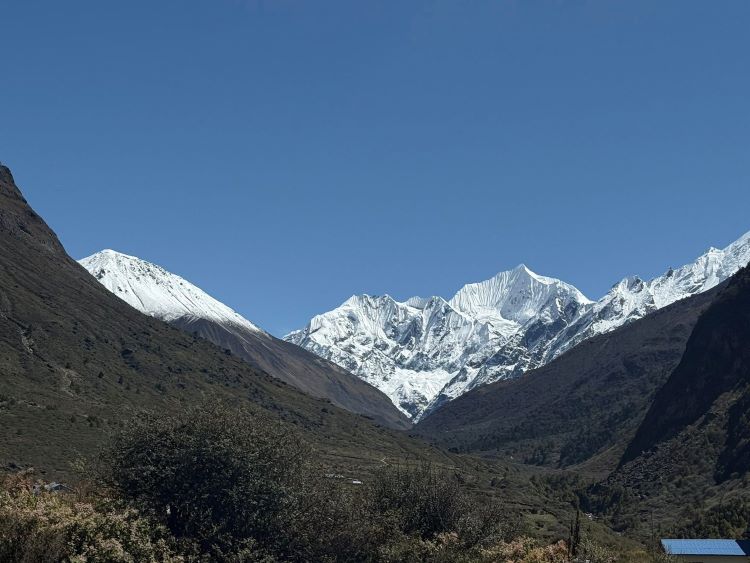
The Langtang Valley Trek for first-time trekkers offers an accessible but rewarding Himalayan experience through a scenic drive from Kathmandu. It is one of the easily accessible trekking routes from Kathmandu. You have to pass through Langtang National Park, offering spectacular scenery. Crossing their traditional stone villages offers glimpses of the Tamang and Sherpa lifestyle.
Before you start, the moderately difficult trek can make for an ideal start to the high altitude and less technical climbing for new trekkers. With gradual ascent, you can have better acclimatization at your own pace. Teahouses along the path with basic yet comfortable accommodations are available. You can attempt the classic itinerary in seven or eight days with a turnaround at the picturesque village of Kyanjin Gompa.
For optimal experience, travel during clear spring or autumn weather with a local guide for safety and also for local knowledge of the region. Pack layers of clothes, drink enough water and have sufficient cash handy. With some planning in advance, you can enjoy the region’s beautiful mountain vistas, visit the local monastery and even take a day hike to upper vantage points.
Mardi Himal Trek
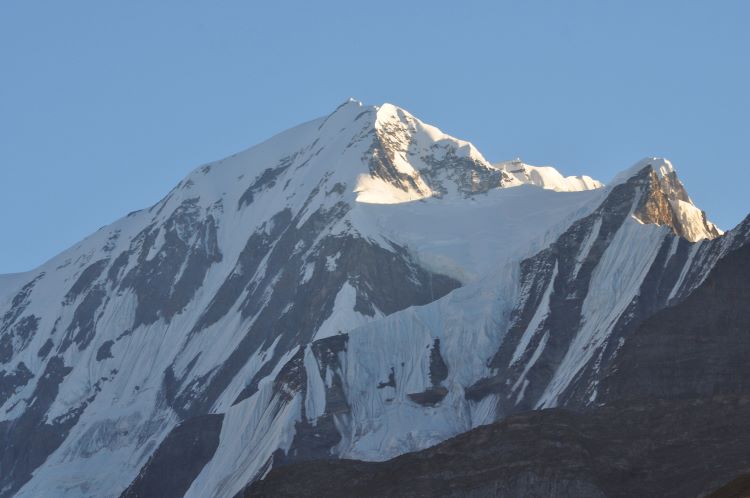
For trekkers seeking a quieter but equally stunning Himalayan experience, the Mardi Himal Trek is the ideal gateway to the Annapurna range. From Pokhara, you can begin with a road trip before ascending through diverse landscapes.
The trek is shorter and relatively easy, giving you a gentle adventure away from crowded trails. You get to meet the Gurung and Sherpa communities and experience their peaceful village life. The trek is perfect for beginners with a moderate fitness level in 5 to 7 days of time. You can try the tough yet rewarding sunrise hike to the Mardi Himal Viewpoint or Base Camp for breathtaking sunrise scenes.
Along the way, you can even get to see the stunning close sights of Machhapuchhre, Annapurna South and Mardi Himal. Proper preparation is highly required for obtaining layered clothing for unpredictable weather conditions. You can make truly unforgettable memories on this Himalayan adventure.
Pikey Peak Trek
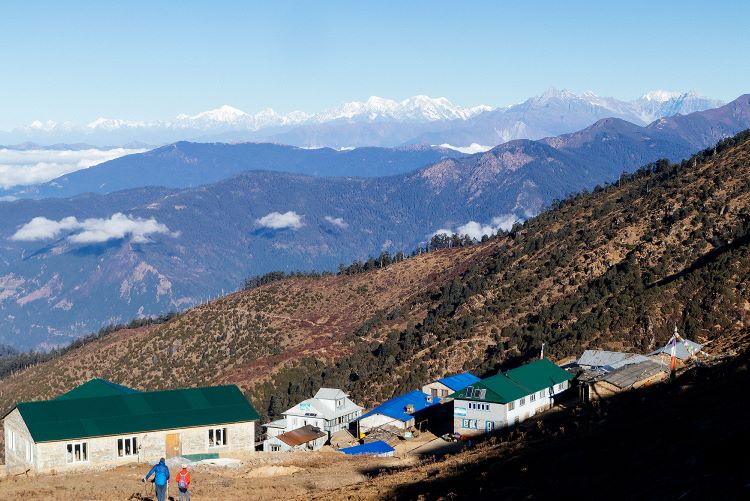
For a great introduction to the Everest range, the Pikey Peak Trek is a peaceful alternative to the more popular trekking routes. The trek usually begins with a scenic drive from Kathmandu to the starting point that carries you into the lower Solukhumbu region, which is famous for its peaceful landscapes of Sherpa and Tamang villages.
This moderately difficult trek allows you to experience the dense rhododendron forests of the Himalayan foothills and the rolling hills of emerald. The highlight of these 5 to 8 days of trek is the top of Pikey Peak, situated at over 4,000 meters in height. From the summit, you have a panoramic view of the mountains from the Annapurna to the Kanchenjunga ranges.
Proper planning is required, but the trek is not difficult for beginner trekkers with good physical condition. Pack layered clothing for fluctuating weather conditions, carry sufficient money and book hotel rooms during peak seasons. You do not need a special permit for this trek. Make sure along the trail, you’re well hydrated and walking slowly so that it will keep altitude sickness under control to have a successful journey.
Everest View Trek
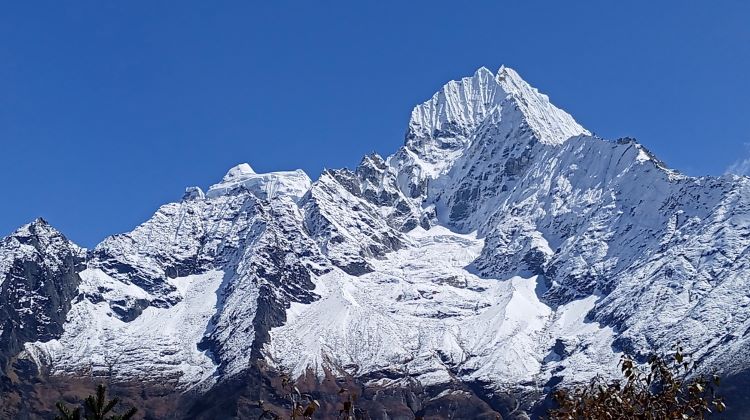
For a memorable journey to the Everest region, one can opt for the Everest View Trek as a quick alternative to the base camp trek. You start the journey by arriving at the exhilarating plane flight to Lukla and then hiking through the standard route across vibrant Sagarmatha National Park.
This trek is situated at a moderate altitude, taking about 5 to 8 days to complete. It is quite suitable for beginners with a good fitness level and also has a lower risk of severe altitude sickness. The trail has teahouse accommodation available in abundance and you can rent a guide who takes care of arrangements and shares cultural knowledge. You can go explore the surrounding monasteries and experience the unique Sherpa culture personally.
For the best experience, trek during peak timing when the weather is clear and the views are breathtaking. Obtain essential Sagarmatha National Park and local municipality permits in advance. Make sure to pack layered clothes for unpredictable mountain weather.
Poon Hill Trek
For a fulfilling experience of the Himalayas, the Poon Hill Trek offers an easier but scenically stunning trek through Annapurna. Starting near Pokhara, where you trek through the village lifestyle of the Gurung and Magar people.
Moreover, this moderately challenging, 4 to 5 day walk is a perfect choice for beginner trekking. Although there are some steep climbs is still far short of where serious illness is likely to become an issue. In particular, the early sunrise view via the climb to Poon Hill turns up the Annapurna and Dhaulagiri ranges in golden hues.
However, the best times to head on the adventure to the Poon Hill trek are generally during the spring of March to May, as well as the autumn months from September to November. This can make for a fantastic opportunity to experience the grandeur of the Himalayas.
Annapurna Base Camp Trek
The Annapurna Base Camp trek takes you to the heart of the Annapurna Sanctuary and breathtaking Himalayan scenery. We begin the trek from Pokhara and it usually lasts for about 7 to 12 days. The trekking route passes through lush green forests of rhododendron to terraced fields and traditional Gurung and Magar villages. The route is of medium level difficulty and can be undertaken by beginner trekkers who are in good physical condition.
The trek’s high point is reaching the base camp that opens up to a majestic mountain bowl featuring Annapurna I, Annapurna South and Machapuchhre. A relaxing interlude at Jhinu Danda’s hot springs adds a rejuvenating component to the adventure. Teahouses along the way have food and resting areas, with more basic facilities at higher altitudes.
Collect your Annapurna Conservation Area Permit before your departure, since it is checked along the route. It is mandatory to take a local guide. The best seasons for trekking are spring and autumn.
Packing List In the Himalaya for Beginners
Clothing
- Moisture-wicking base layers (2 to 3 t-shirts and thermal sets)
- Mid layers, e.g., fleece or down jackets, for warmth
- Waterproof and windproof jacket and trousers
- Quickly drying trekking trousers (2 pairs)
- Warm gloves (woolen and waterproof)
- Woolen hat or beanie and sun hat
- Woolen socks (3 to 4 pairs) and a few cotton socks for evening wear
- Thermal socks (especially for cold treks)
- Poncho or rain cover for yourself as well as for your backpack
- Relaxed evening wear and flipflops or sandals
Footwear
- Higher quality waterproof trekking boots (high ankle support is strongly advised)
- Good shoes or sandals for use around the lodge/teahouse
Backpacks
- Main backpack (40 to 60L capacity) with good chest and waist straps and rain cover
- Daypack (10 to 20L) for everyday things on trek
Essential Gear
- Trekking poles (adjustable and solid)
- Headlamp or torch with spare batteries
- Sleeping bag of appropriate season (if not provided)
- Water bottles or hydration system
- Sunglasses with UV protection
- Personal hygiene items (toothbrush, toothpaste, wet wipes)
- High SPF lip balm and sunscreen
- Basic first aid kit with blister care and altitude sickness drug
- Trekking permits and travel documents (passport, permits, travel insurance)
- Cell phone and portable power charger/battery with universal adaptors
Optional but Useful
- Compression bags or packing cubes to organize gear
- Snacks and energy bars for hiking energy
- Camera or binoculars for scenic views
- Lightweight stove and fuel
Special Considerations for Beginners
- Break in new boots by wearing them daily before the trek begins
- Pack layers suitable for variable weather, as conditions can change quickly in the Himalayas
- Keep valuables and documents secure and carry enough cash as ATMs are limited on trails
Best Time to Trek In the Himalaya for Beginners
For novice trekkers, the best time to trek the Himalaya is autumn, between September and November and then during the spring season, which lasts between March and May. Both these seasons offer good weather, clear skies and superb mountain scenery. It’s the safest and most convenient time to trek on the trails without harsh weather conditions.
Autumn is renowned for the cool breeze after the monsoon and hot days, when it is less strenuous to walk. You can enjoy a pleasant stay more comfortably warm during the day and cool at night.. The clear sky offers great views of the mountains. Owing to these perfect climatic conditions, the paths get more touristy this season, especially on popular trails.
Spring is also a great time for hiking. The days are longer and warmer and an ideal choice for beginner trekkers. Forests explode with wildflowers and rhododendrons that color the landscape with beautiful hues. To sum up, sight is still unobstructed, though one can see the light haze along the lower valleys late in spring. Both of these periods are great choices, offering a great start for beginners.
Booking Process
Booking your trek in the Himalaya for beginners with Adventure Great Himalaya is an easy process to follow.
You can start by opening our website, then view the various kinds of available trekking options you can choose from. Spend time browsing around the routes, viewing prices and reading what each trek has to offer. All our treks are suitable for beginners with simple walking trails and comfortable accommodations along the way.
After you select the trek that suits you, fill in the online booking form. You will be asked to give us a photocopy of your passport and pay 20% deposit. This secures your booking and also enables us to make all the arrangements by including permits, beds and food. As we take care of all the arrangements so you can relax and be prepared to begin your adventure.
After you have booked, we will email you all the information about the trek. The balance payment can be made in Kathmandu before the trek begins. We will advise you on safe payment and any support required for the trek. Here, we make sure to make things ready regarding the permit and for insurance advice.
With everything in place, you can proceed on your trip with confidence. Enjoy the mountain views, experience the local culture and make for a memorable journey.
Essential Tips for Trekking In the Himalaya for Beginners
- Choose moderate trekking trails like Poon Hill, Langtang Valley or Mardi Himal, etc., so that it becomes conducive to your physical fitness and also to your experience.
- Start physical training 2 to 3 months in advance with exercises like cardio, backpack walk with weight and leg strengthening exercises.
- Walk on rough terrain several times a week, or seek out local hiking groups to join, to develop endurance for the Himalayan paths.
- Take a gradual climb schedule that helps to plan your rest days by helping your body acclimatize and reducing the likelihood of altitude sickness.
- Drink lots of fluids and eat meals that are rich in carbs with high protein to maintain energy levels.
- Keep a first aid kit with altitude sickness medication and also learn basic information about how first aid is performed.
- Travel light but don’t leave out essential gear that may be a rain cover daypack and an overnight backpack.
- Pack sunglasses, sunscreen, lip balm with SPF, headlamp, spare batteries and layers of clothing for unpredictable weather.
- Take regular breaks, rest well at teahouses or lodges and do not hurry so as not to tire yourself.
- Be polite with the locals and fellow travelers, eat together with them and dress modestly according to local tradition.
- Look at the weather every day to anticipate unexpected changes such as rain, snow or strong winds.
- Use a local guide or book a tour package to be sure, arrange permits and gain cultural understanding.
- Book transport and accommodation early to save last-minute trouble.
- Stop to view the Himalayan views, be responsible with photos and care for the environment.
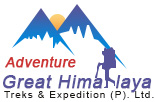
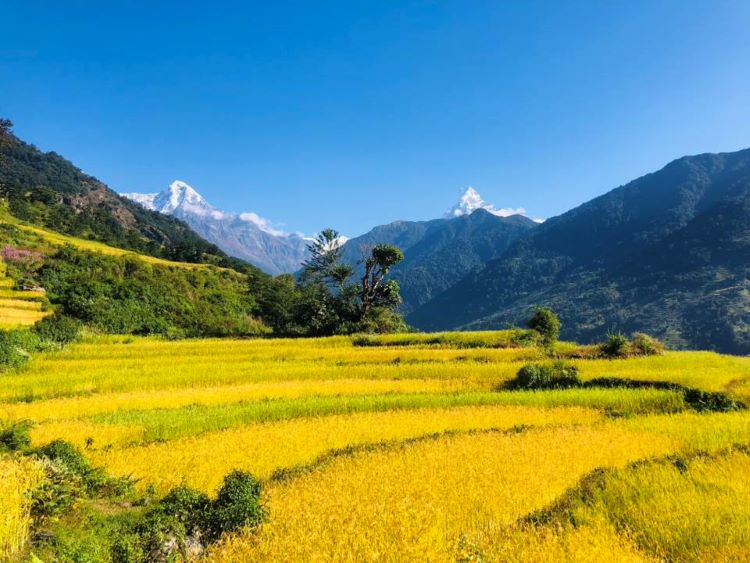
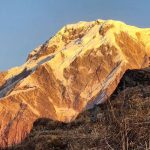 Wednesday, November 26th, 2025
Wednesday, November 26th, 2025
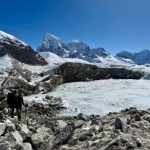 Friday, November 21st, 2025
Friday, November 21st, 2025
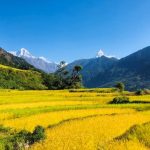 Saturday, October 18th, 2025
Saturday, October 18th, 2025
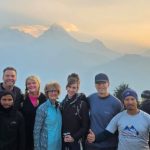 Friday, October 17th, 2025
Friday, October 17th, 2025
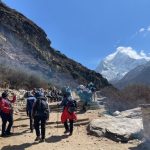 Tuesday, September 2nd, 2025
Tuesday, September 2nd, 2025
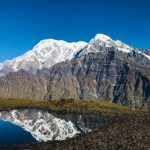 Saturday, August 30th, 2025
Saturday, August 30th, 2025
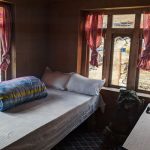 Monday, July 7th, 2025
Monday, July 7th, 2025
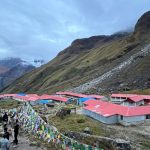 Thursday, July 17th, 2025
Thursday, July 17th, 2025
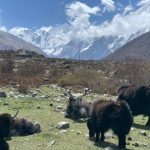 Monday, July 7th, 2025
Monday, July 7th, 2025
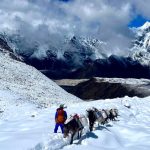 Wednesday, August 20th, 2025
Wednesday, August 20th, 2025
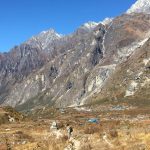 Saturday, June 14th, 2025
Saturday, June 14th, 2025
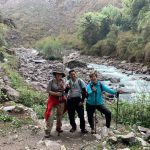 Wednesday, June 25th, 2025
Wednesday, June 25th, 2025
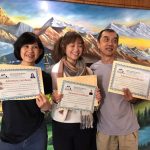 Tuesday, August 5th, 2025
Tuesday, August 5th, 2025
